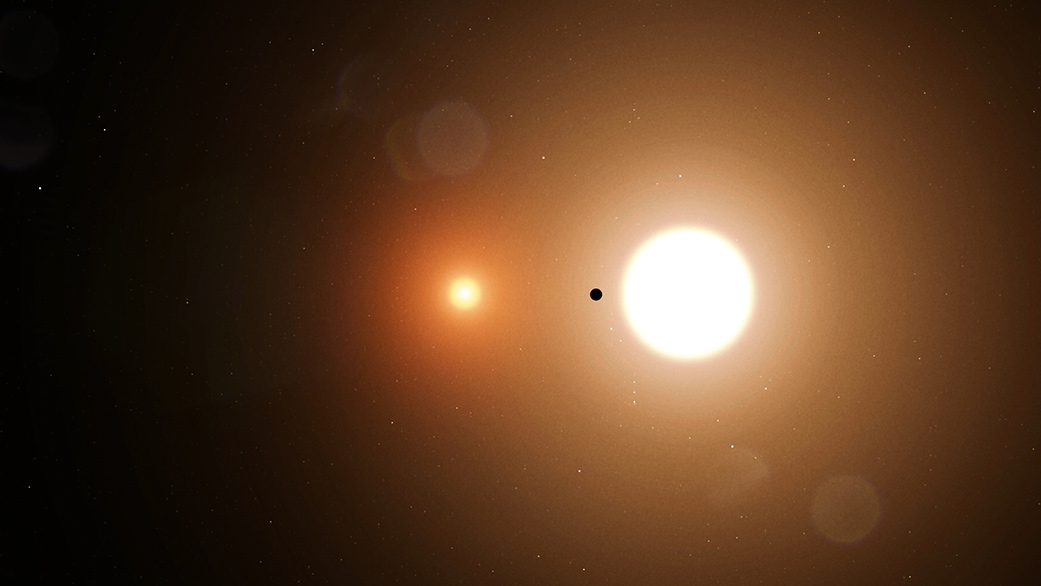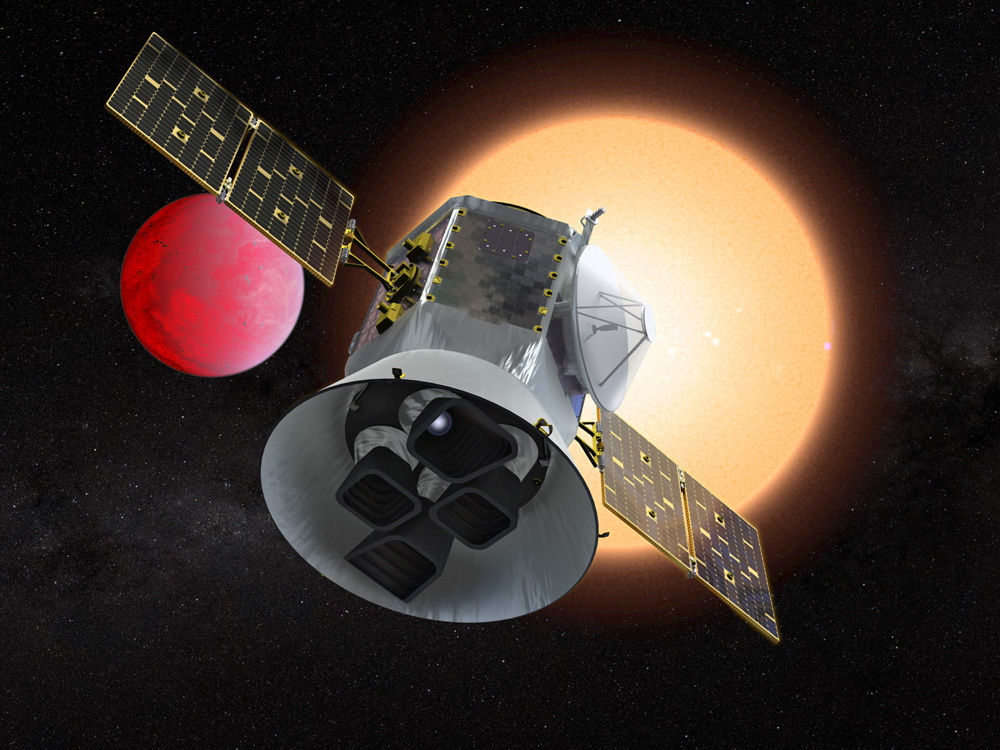
When 17-year-old Wolf Cukier accepted an internship at NASA's Goddard Space Flight Center in Greenbelt, Maryland, last summer, he expected to be challenged and gain insights into pursuing a career in astrophysics. Instead, the high school junior from Scarsdale, New York, attained worldwide fame for an achievement that eludes most astronomers — finding a new planet! Even more impressive, Cukier made the discovery on the third day of his two-month-long internship at the US Space Agency.
The teenager came across the distant world while examining images of the variations in star brightness captured by NASA's Transiting Exoplanet Survey Satellite (TESS) and uploaded to Planet Hunters TESS by amateur citizen astronomers. “I was looking through the data for everything the volunteers had flagged as an eclipsing binary, a system where two stars circle around each other and from our view eclipse each other every orbit,” Cukier said. “About three days into my internship, I saw a signal from a system called TOI 1338. At first, I thought it was a stellar eclipse [an eclipse of one star by another in a binary system] but the timing was wrong. It turned out to be a planet.”

And it was no ordinary planet either. Further research by Cukier and a team of scientists from Goddard, San Diego State University, the University of Chicago, and other institutions revealed that TOI 1338 b, as it is now called, is a rare circumbinary planet — a world orbiting two stars. NASA's Kepler Space Telescope and K2 missions have only been able to detect two dozen such planets since 1993. Even more exciting, TOI 1338 b is the first circumbinary world discovered by the TESS mission, which was launched in April 2018 to seek out exoplanets using the transit method.
The researchers, who unveiled their findings on January 6, 2020 at the 235th American Astronomical Society meeting in Honolulu, Hawaii, believe that TOI 1338 b is about 6.9 times larger than Earth, or between the sizes of Neptune and Saturn. It is also the only planet in the TOI 1338 system, which lies 1,300 light-years away from Earth in the constellation Pictor. The experts assert that TOI 1338 b's two stars, which orbit each other every 15 days, vary in size. One is about 10 percent bigger than our Sun, while the other is cooler, dimmer, and measures just one-third our Sun’s mass.

Cukier, an avid Star Wars fan, likens his discovery to Luke Skywalker's fictional home, Tatooine, in the epic movie franchise. "It's very much like Tatooine, at least how the stars would appear in the sky," he says. "So, it would also have a double sunset." Unfortunately, the real-life "Tatooine" is made entirely of gas and is most likely too hot to be habitable.
Not surprisingly, the Scarsdale High School senior is looking to pursue a career in physics and astrophysics. When asked of his plans to seek out a job at NASA after his discovery, the youngster quipped, "I've no idea about NASA's hiring practices but it can't hurt! It's a good thing to have on my CV." He adds, “A career in space research is appealing."
Resources: NASA.gov, BBC.com
